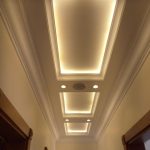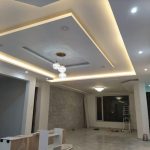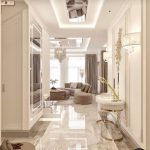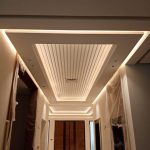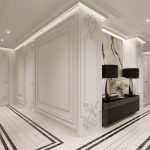Exterior Design
- Home
- Our Services
- Exterior Design
All Kinds of Buildings in Chematic or Working Design
1. Architectural Style: Determine the architectural style that best suits the building and its surroundings. Whether it’s modern, traditional, colonial, or any other style, choose one that complements the overall aesthetic and character of the area.
2. Color Palette: Select a color palette that enhances the architectural style and creates visual harmony. Consider the building materials, such as bricks, stones, or wood, and choose colors that complement or contrast with them. Also, take into account the local climate and lighting conditions.


1. Architectural Style: Determine the architectural style that best suits the building and its surroundings. Whether it’s modern, traditional, colonial, or any other style, choose one that complements the overall aesthetic and character of the area.
2. Color Palette: Select a color palette that enhances the architectural style and creates visual harmony. Consider the building materials, such as bricks, stones, or wood, and choose colors that complement or contrast with them. Also, take into account the local climate and lighting conditions.
3. Materials and Finishes: Choose appropriate materials and finishes that are durable, weather-resistant, and visually appealing. Consider options such as brick, stucco, stone, wood, or metal. Pay attention to the texture, pattern, and quality of the materials to create visual interest.
4. Landscaping: Incorporate landscaping elements to enhance the exterior design. Consider the use of plants, trees, shrubs, and flowers to add color, texture, and a sense of natural beauty. Also, think about pathways, driveways, and outdoor seating areas to create a welcoming and functional outdoor space.
5. Lighting: Plan the lighting design to highlight architectural features, pathways, and landscaping elements. Use a combination of ambient, accent, and task lighting to create a visually appealing and safe environment. Consider energy-efficient options, such as LED lights, to reduce environmental impact.
6. Proportions and Scale: Ensure that the proportions and scale of the building and its exterior elements are visually pleasing and in harmony with the surroundings. Avoid overwhelming or underwhelming designs by carefully considering the size and placement of windows, doors, rooflines, and other architectural features.
7. Sustainability: Incorporate sustainable design principles into the exterior design. Consider options such as solar panels, rainwater harvesting systems, green roofs, and permeable paving to minimize the environmental impact and promote energy efficiency.
8. Accessibility: Ensure that the exterior design provides accessibility for all individuals. Incorporate ramps, handrails, and other accessibility features as needed to accommodate people with disabilities.
9. Neighborhood Context: Take into account the context of the neighborhood or surrounding area. Consider the architectural style, color schemes, and overall character of nearby buildings to create a cohesive and harmonious design that fits within the context.
10. Maintenance: Lastly, consider the maintenance requirements of the exterior

